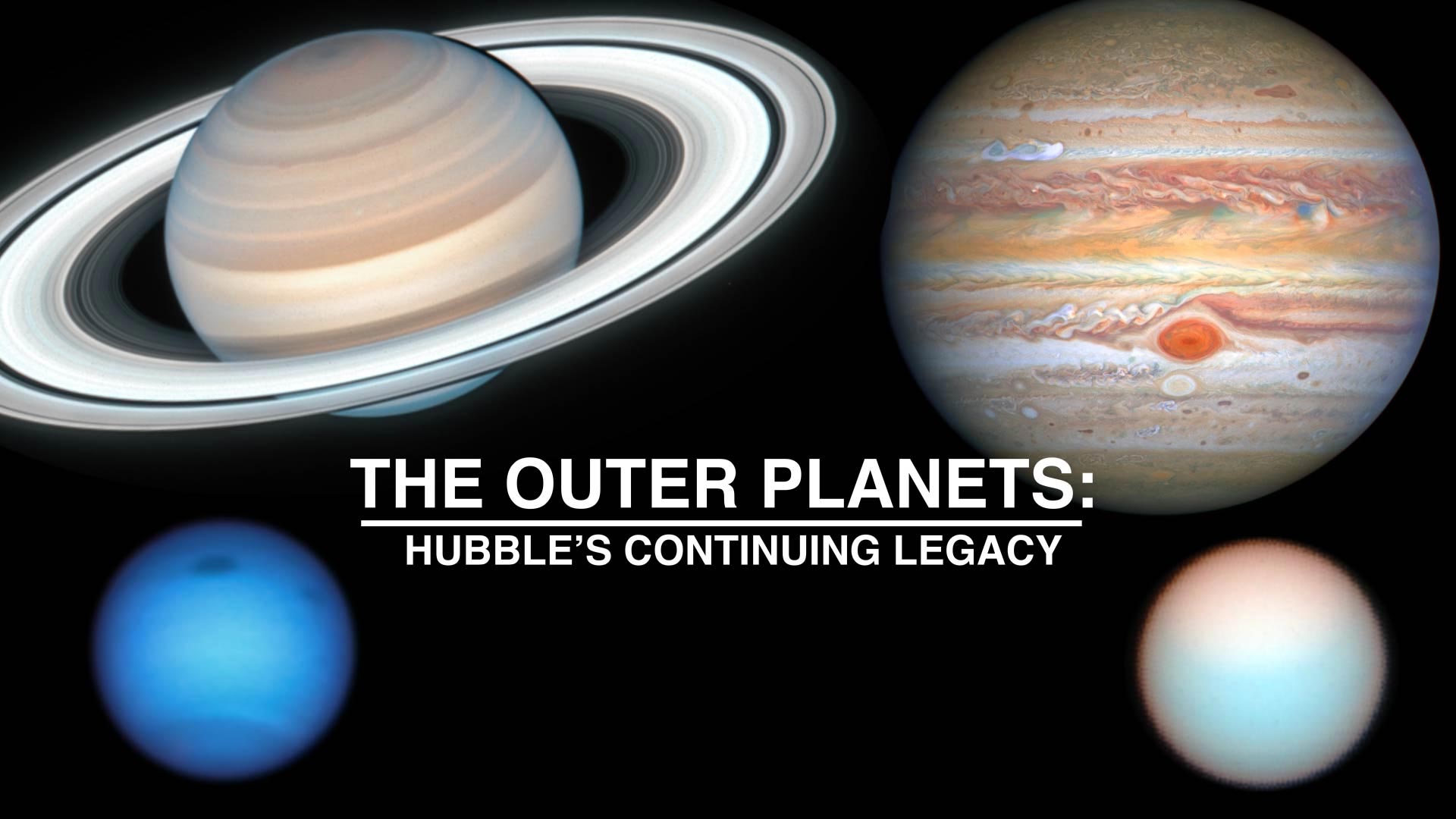

The result will be maps of exoplanets that show seasonal variations, atmospheric composition, presence or absence of clouds, details of the planetary heat distribution, and more.

These measurements can be made at different points in the planet’s orbit, providing clues about the temperature and pressure conditions in different regions on the planet’s surface.

Using JWST’s 6.5-m-wide primary mirror, researchers will be able to collect infrared light coming directly from an exoplanet’s surface. The telescope can study exoplanets in other ways. “Now we’re searching for bumps from other molecules, and maybe cloud particles or haze that could be in atmospheres,” says Schlawin. The telescope also benefits from high spectral resolution that enables relatively faint molecular features to be detected. In contrast, JWST can look for a multitude of molecules, including CO 2 and other carbon-bearing species, using spectrometers that cover the wavelength range from 0.6 to 12 𝜇 m. It wasn’t until 2013 that Hubble detected a water-vapor signature in the atmosphere of an exoplanet. “Hubble struggled for many years to find a little bump of water in exoplanet spectra,” says Everett Schlawin, of the University of Arizona, a member of the JWST Near Infrared Camera team. Its predecessor, the Hubble Space Telescope, looked for water vapor in a limited range of wavelength measurements between 1.1 to 1.7 𝜇 m. JWST isn’t the first space telescope to seek infrared signals from exoplanet atmospheres. The bump reveals the first clear evidence for CO 2 in a planet outside the solar system. Hustak/STScI JWST Transiting Exoplanet Community Early Release Science Team A transmission spectrum of the hot gas giant exoplanet WASP-39b captured by JWST’s Near-Infrared Spectrograph on July 10, 2022. “If you have CO 2-dominated atmospheres, then you can extrapolate pathways that led to what we see in our Solar System,” says Néstor Espinoza, an astrophysicist at the Space Telescope Science Institute in Maryland. The presence of this greenhouse gas would not only reveal information about these exoplanets, but it might also help piece together the history of Venus and Mars, both of which are rich in CO 2. But a key goal for JWST exoplanet observers is to detect CO 2 signatures in the spectra of Earth-like rocky planets. That observation marked the first direct detection of this important atmospheric gas on an exoplanet. In August, JWST detected a clear signal of CO 2 in the absorption spectrum of WASP-39b, a Jupiter-like planet 700 light-years away from Earth. JWST has already shown that it is up to the task of spotting molecules around distant worlds. Under the right circumstances, some of these molecules may also represent so-called biosignature gases, defined as those that can be produced by life and can accumulate in an atmosphere to detectable levels.

“If we find any one of these molecules in the planet spectra that we get from JWST, then we will have detected the atmosphere,” says Lustig-Yaeger. He is looking for the spectral signature of common molecules-such as water, carbon dioxide (CO 2), and methane-that are found in the atmospheres of Earth and some of its rocky inner planet neighbors. His observations involve sifting through the spectrum of light that gets absorbed by the planet’s atmosphere as it passes between us and its host star. Jacob Lustig-Yaeger, an astronomer at the Johns Hopkins University Applied Physics Laboratory in Laurel, Maryland, coleads a program on the JWST to search for signs of an atmosphere on multiple exoplanets, including one in the TRAPPIST-1 system. But do these planets, and the other exoplanets orbiting distant stars, have the atmospheric conditions necessary for liquid water? Do they have any atmosphere at all? Using the recently launched James Webb Space Telescope (JWST), researchers now hope to answer these questions. Three of these exoplanets lie within the star’s habitable zone, the distance from the star at which a planet with Earth’s atmosphere could host liquid water. In 2017 astronomers observed seven Earth-sized planets orbiting a small, cool star called TRAPPIST-1 in the constellation Aquarius. Kornmesser An artist’s impression of the TRAPPIST-1 planetary system shows an ultracool dwarf star and the rocky planets that orbit it.


 0 kommentar(er)
0 kommentar(er)
